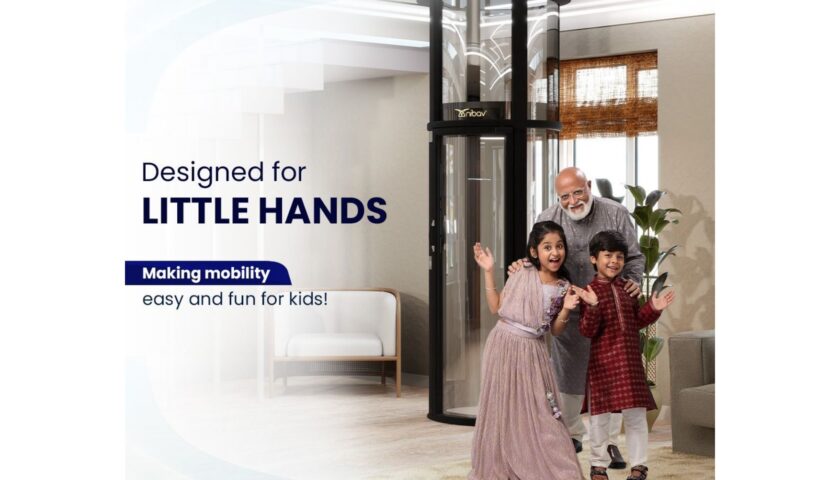In today’s fast-paced and ever-evolving world of fashion, a set of keywords has emerged as the language through which designers, influencers, and consumers express their style philosophies. These trending fashion keywords—ranging from sustainability and athleisure to streetwear and techwear—serve not only as descriptors but as powerful catalysts for change in how fashion is created, consumed, and perceived. As consumers become more socially and environmentally conscious, these buzzwords have grown into movements that drive innovation and foster a more inclusive, expressive industry.
One of the most influential trends is sustainable fashion. As environmental concerns and ethical labor practices gain global attention, sustainable fashion has morphed from a niche interest into a central theme for many brands. Consumers are increasingly scrutinizing the lifecycle of their clothing, from raw material sourcing to production methods, and even the end-of-life recycling or upcycling processes. The emphasis on eco-conscious practices has led to a resurgence of interest in slow fashion, a movement that champions quality, durability, and thoughtful consumption over mass production. By reusing, recycling, and upcycling old garments, the fashion industry is beginning to shift away from the disposable mentality of fast fashion, which has long contributed to environmental degradation.
Another trend that has reshaped the industry is athleisure. Blurring the lines between activewear and everyday attire, athleisure is more than just a style; it is a lifestyle. This trend prioritizes comfort without sacrificing style, making it a favorite among urban dwellers and trendsetters alike. Athleisure has spawned a market that values elevated basics—garments that are versatile enough to transition seamlessly from the gym to the office, and then to a casual evening out. With a focus on fabrics that offer both performance and style, athleisure embodies the modern desire for clothing that supports dynamic, multifaceted lives.
Closely tied to the rise of athleisure is the broader trend of casualization. Traditional dress codes have relaxed, and consumers are gravitating toward effortless, comfortable, yet stylish ensembles. This trend is evident in the popularity of capsule wardrobes, where a limited selection of high-quality, versatile pieces replaces an overflowing closet. Keywords like minimalism and capsule wardrobe have become synonymous with this new era of fashion, where the focus is on quality over quantity and where each item is carefully chosen for its timeless appeal and utility.
Streetwear has also carved out a significant niche in the contemporary fashion lexicon. Originally rooted in urban culture, streetwear has evolved into a global phenomenon that transcends its humble beginnings. It combines elements of sportswear, hip-hop aesthetics, and skate culture, creating a look that is both edgy and accessible. Streetwear’s influence is seen in everything from graphic tees and hoodies to limited-edition sneakers and statement accessories. The popularity of streetwear lies in its ability to capture the spirit of youth culture—rebellious, innovative, and unafraid to challenge traditional norms. This trend has opened up conversations about individuality and self-expression, with consumers embracing unique, personal styles over uniform, mass-market trends.
In parallel with the rise of streetwear is the emergence of techwear, a trend that reflects the convergence of fashion and technology. Techwear is characterized by its functional, futuristic aesthetic, often featuring innovative materials that offer enhanced durability, weather resistance, and performance. This style is particularly appealing to urban adventurers and tech enthusiasts who see clothing as a tool to navigate modern life’s challenges. The integration of technology into fashion is not merely about utility; it also represents a broader shift towards digital fashion, where virtual and augmented reality experiences are redefining how consumers interact with brands and style. This evolution hints at a future where the boundaries between physical and digital wardrobes become increasingly blurred.
Another keyword that has steadily gained momentum is gender-neutral. The traditional binary approach to fashion is being challenged as designers and consumers embrace more fluid and inclusive expressions of style. Gender-neutral fashion defies conventional categorizations, offering garments that can be worn by anyone regardless of gender identity. This shift is part of a larger cultural movement towards inclusivity and diversity, which is reshaping not only the fashion industry but also societal norms. The rise of gender-neutral clothing reflects a broader trend where self-expression is prioritized over adherence to outdated labels, and where the focus is on celebrating individuality in all its forms.
Amid these transformative trends, there remains a continued fascination with vintage and retro revival. Nostalgia has a powerful pull in fashion, and designers are increasingly looking to the past for inspiration. Vintage fashion carries with it an aura of authenticity and history, and the revival of retro styles provides consumers with a sense of continuity and connection to earlier eras. Whether it’s through reimagined silhouettes, classic prints, or artisanal craftsmanship, vintage-inspired trends offer a refreshing counterpoint to the rapid pace of modern fashion production. This trend not only honors the legacy of fashion’s rich history but also encourages sustainable practices by reintroducing pre-loved garments into the market.
The interplay between minimalism and maximalism further underscores the diversity of contemporary fashion narratives. Minimalism emphasizes clean lines, neutral color palettes, and a pared-down aesthetic that celebrates simplicity and functionality. It speaks to the modern desire for clutter-free, purposeful living—a reflection of the broader minimalist lifestyle movement. In contrast, maximalism revels in the bold, the vibrant, and the eclectic. It is a celebration of excess, encouraging experimentation with patterns, textures, and colors. Both approaches have their dedicated followers, and the current fashion landscape is characterized by an openness to duality—where one can be both minimalist and maximalist, depending on the mood or occasion.
Finally, the digital transformation of fashion cannot be overlooked. As social media platforms and digital influencers shape consumer perceptions, keywords such as digital fashion and virtual styling have entered the mainstream. The rise of e-commerce, virtual try-ons, and online fashion communities has democratized access to style inspiration and trendsetting. Digital fashion allows consumers to experiment with their look virtually before making purchasing decisions, and it has given rise to entirely new markets, such as NFTs in fashion, where digital garments can hold value and be traded among collectors.
In conclusion, the world of fashion today is a complex tapestry woven from a diverse array of trends and keywords. From the eco-conscious mandates of sustainable fashion and the relaxed versatility of athleisure to the urban edge of streetwear and the futuristic appeal of techwear, each term represents a distinct facet of modern style. The increasing emphasis on inclusivity, as seen in the rise of gender-neutral fashion, coupled with a deep appreciation for history and nostalgia through vintage revival, has enriched the fashion narrative. Moreover, the dual influences of minimalism and maximalism, alongside the transformative impact of digital innovations, illustrate that fashion is not static; it is a living, breathing art form that evolves in response to cultural, environmental, and technological shifts.
These trending keywords are more than mere buzzwords—they are reflective of the broader changes sweeping through society. They encapsulate the spirit of an industry that is increasingly aware of its responsibilities and possibilities. As consumers continue to seek authenticity, sustainability, and innovation, the language of fashion will keep evolving, driving both creative expression and meaningful change. Ultimately, the dynamic interplay of these trends promises a future where fashion is both an art and a statement, continuously redefining what it means to dress, to express, and to live in a world that values diversity, creativity, and sustainability.
With each passing season, new keywords will emerge, and old ones will be reinterpreted. This constant evolution is a testament to the enduring nature of fashion—a realm where art, culture, and technology converge to create a narrative that is as multifaceted as the individuals who participate in it. As we look to the future, the trending fashion keywords of today will undoubtedly inspire the innovations of tomorrow, shaping an industry that is more reflective of our shared values and aspirations.
o3-mini



